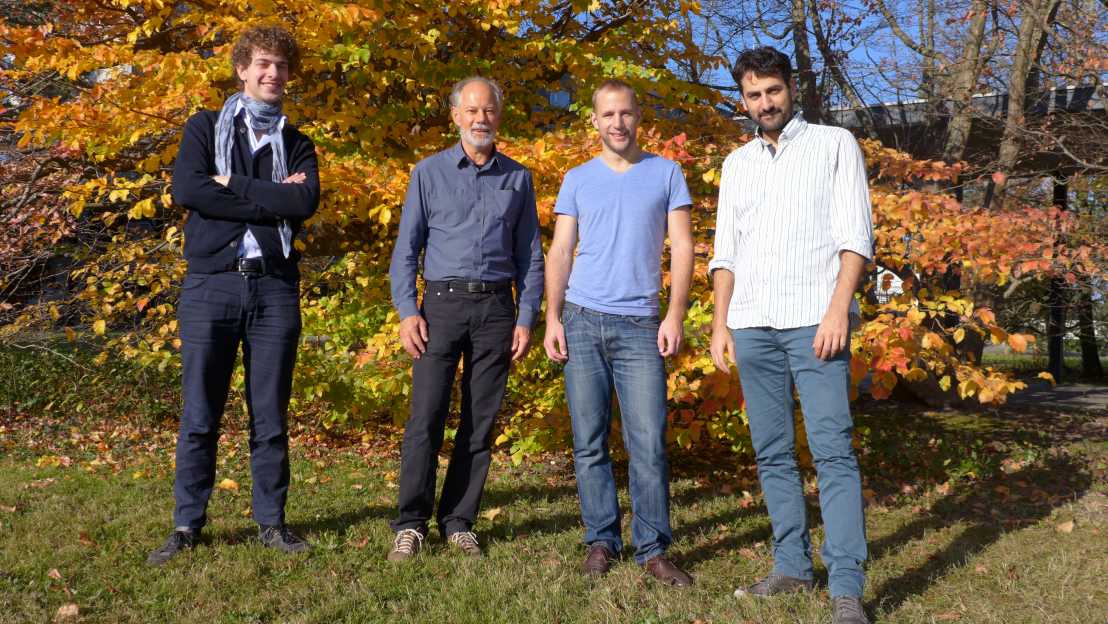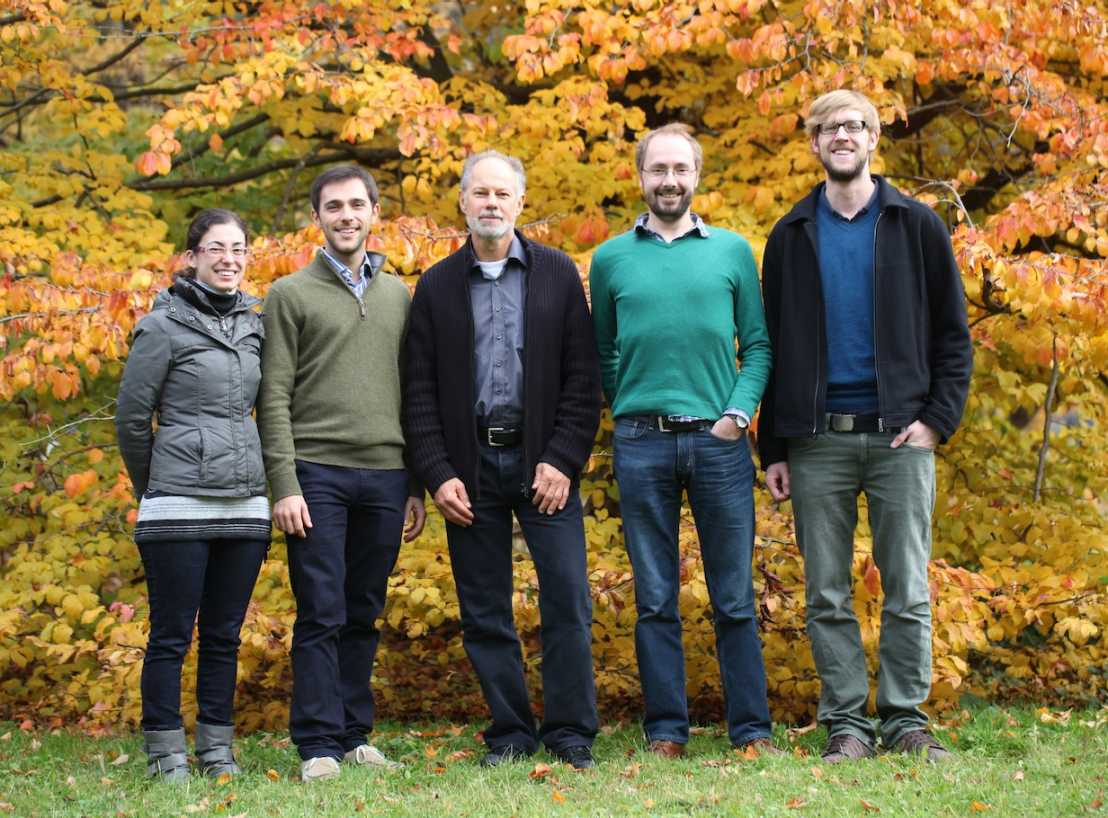The Group
What is the origin of the electroweak symmetry breaking? Why is there an asymmetry between matter and antimatter? Fundamental questions such as these cannot be answered by today’s best theoretical model, the Standard Model of particle physics (SM in short). One way to search for answers is by scrutinizing the SM as much as possible in performing measurements at the highest available collider energies and compare them in detail with theoretical predictions. Deviations, if found, would indicate possible directions for new theories beyond our present knowledge. Another way of approach are the precision measurements at very intense particle beams.
With my group, for one I have chosen to perform a variety of such studies by using particles with heavy quarks, mostly beauty, as tools to investigate the dynamics of the SM. For the last years we have concentrated on data analysis within the CMS-collaboration at CERN, where we are one of the driving forces studying the decays of the Higgs-boson to beauty quarks.
The other approach to fundamental questions that we are pursuing is in high-precision muon decay measurements. Due to their smaller physical size and expeirment's group size, these presicion experiments allow a more direct involvement of students in hardware projects. In particular we are part of the Swiss team constructing a new type of Scintillating Fiber detector for the "Mu3e" experiment at PSI.

Nov 2017 :
G.Perrin, L.Geerritzen, P.Berger, C.Grab, S. Corrodi, L.Perrozzi

Nov 2015 :
G.Perrin, C.Grab, S. Corrodi, L.Perrozzi

Nov 2012 :
D.Pinna, P.Bortignon, C.Grab, N.Mohr, P.Eller

